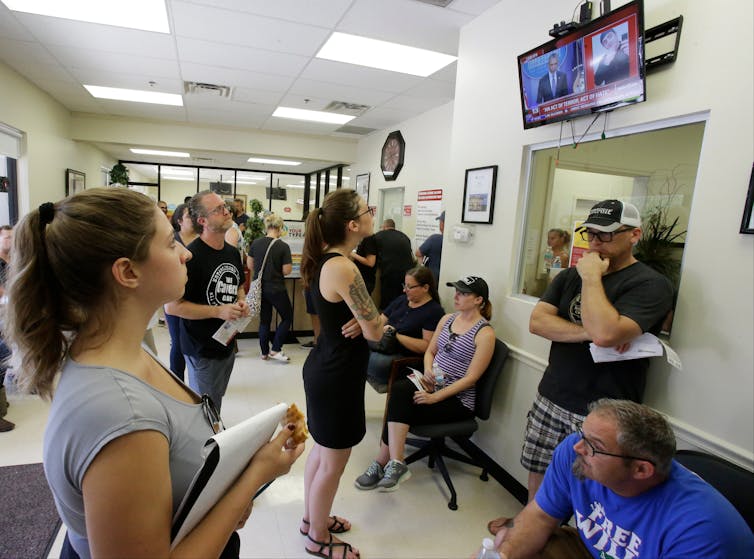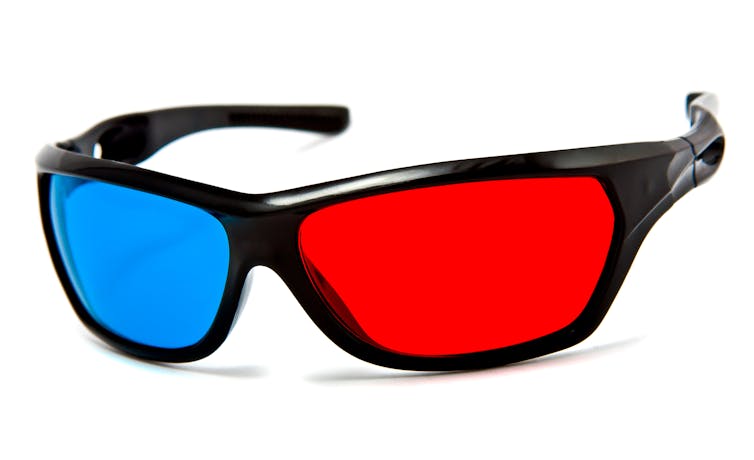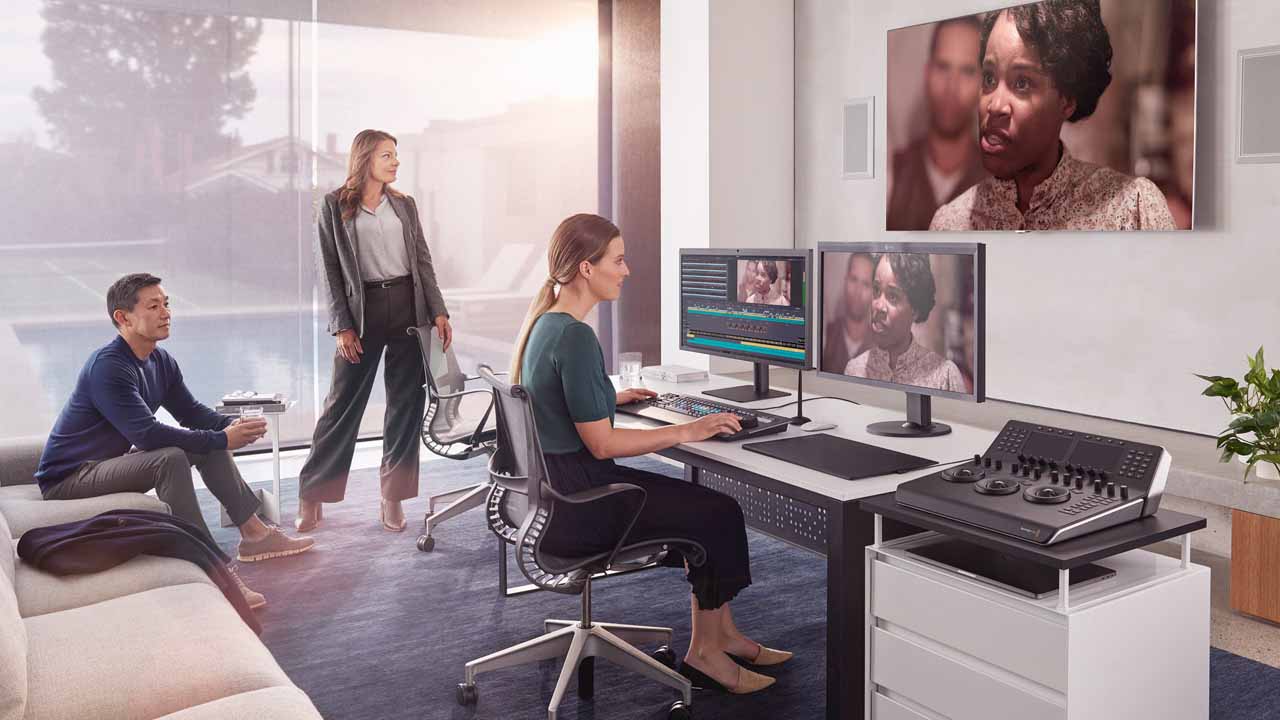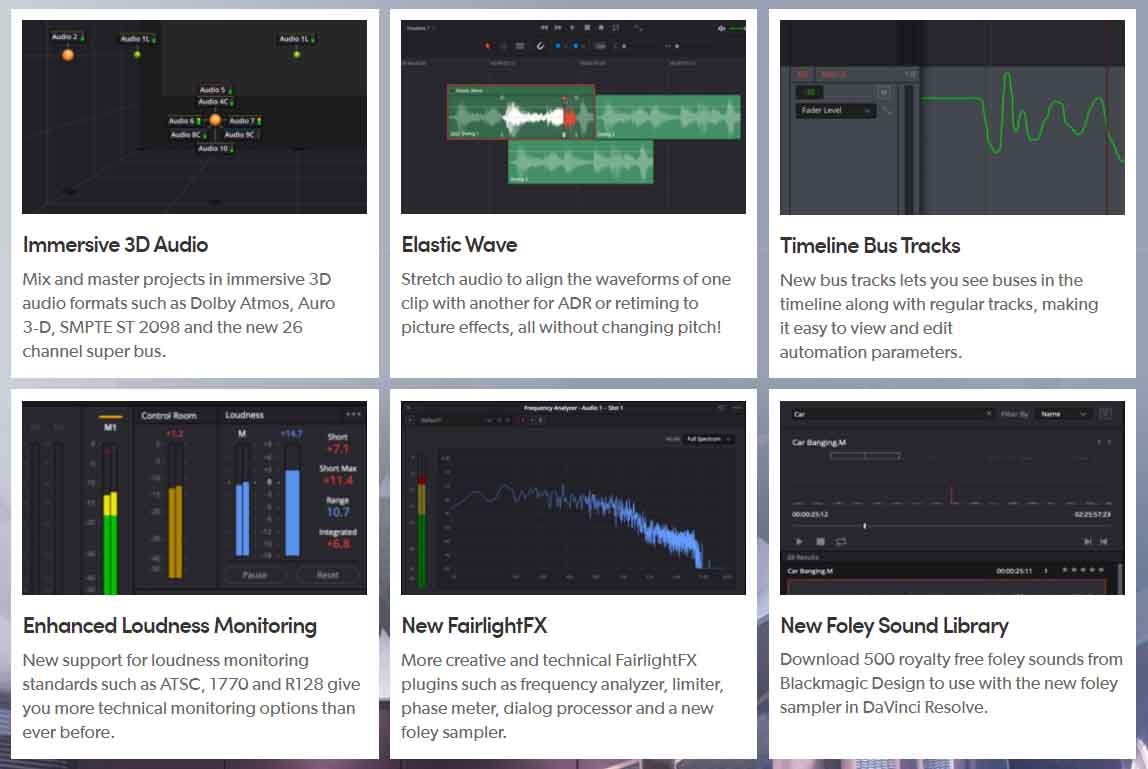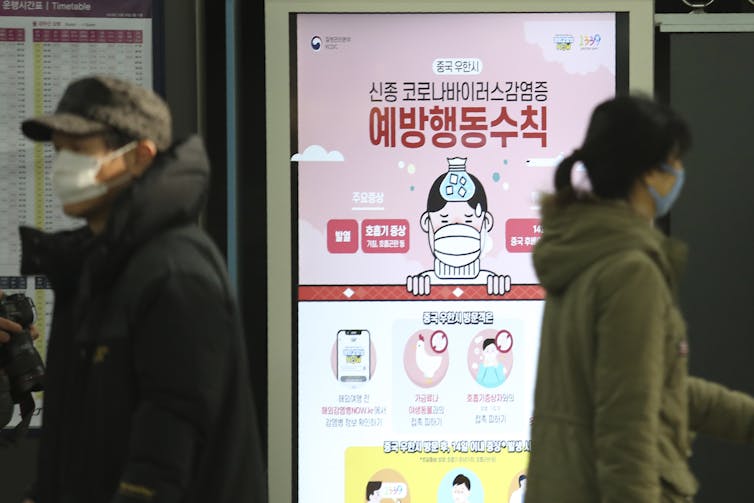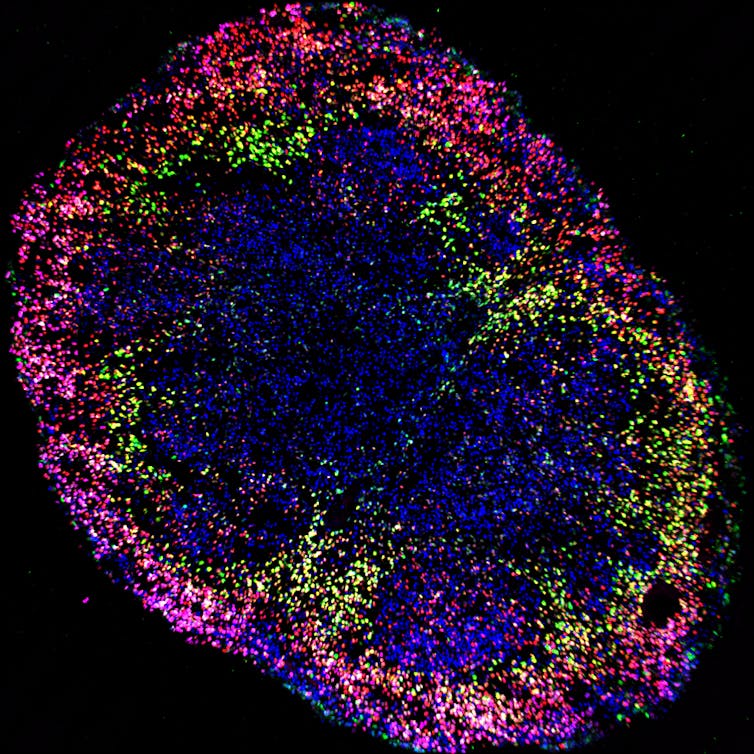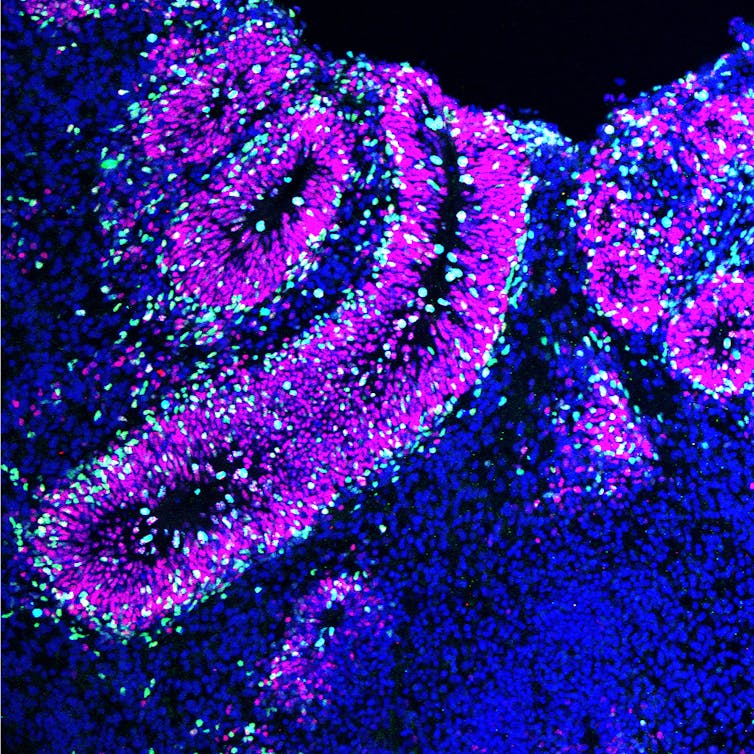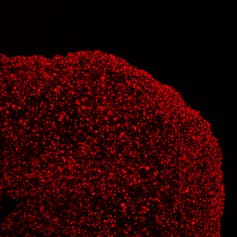Amazon reinforces its commitment to Indian SMBs with Smbhav
FP StudioJan 31, 2020 18:41:56 IST
Amazon started in India about 6 years ago with about 100 sellers and today the company has more than 5.5 lakh sellers registered with them. These sellers include hundreds of thousands of micro, small and medium enterprises (MSMEs) from across tier 1. 2 and 3 cities in India. The Company has rolled out a host of programs and initiatives in the last six years to spread awareness on the adoption of technology and e-commerce amongst MSMEs and also help them come online and be part of the Digital Economy.
The Company recently hosted a mega SMB event called Smbhav (read possible) at the Jawaharlal Nehru Stadium in New Delhi where hundreds of MSMEs, senior leaders from Amazon and industry stalwarts from India Inc. came together to discuss new opportunities that technology and Amazon’s global footprint provide for entrepreneurs. Spread over two days, Smbhav featured a fireside chat with Jeff Bezos, Amazon’s Founder and CEO as well as perspectives from industry leaders and success stories of a host of MSMEs. On the previous day, Bezos had gone and paid tribute to Mahatma Gandhi at Raj Ghat and even participated in Makar Sankranti festivities. “I flew kites yesterday with a bunch of kids!” he exclaimed.
Jeff Bezos: the 21st century is the Indian century
In a fireside chat with Amit Agarwal, Senior Vice President and Country Head of Amazon India, Bezos claimed the 21st century would belong to India. He said, “I predict that the 21st century is going to be the Indian century. The dynamism, the energy, everywhere I go here is amazing. I meet people who are interested in self-improvement and growth.”
Bezos spoke with remarkable candor about his earlier days as an entrepreneur, saying, “It’s hard to remember, but 25 years ago, Amazon was a tiny little company. And you know, not only was I driving the packages to the post office myself, but I was wrapping them and, and preparing them and, you know, doing all the things that small entrepreneurs do.” Answering Amit’s question on why Amazon is the best place to experiment and fail at, Bezos said, “See if you know in advance that something is going to work, then it is not an experiment. So, you want to be doing many experiments per unit time, as many experiments per day, per week, per month, per year as you can because that’s how you get innovation. Innovation is all about maximizing the rate of experimentation. And so you have to organize to be able to experiment and you have to have a culture that supports failure. Amit and I together, we’ve been working together for two decades and I have failed together so many times and that is that is, it’s another way of learning.”
Bezos then made a series of announcements. He said, “We’re committed to being a long-term partner of India. And actions speak louder than words. Over the next five years, Amazon will invest an incremental US$ 1 billion to digitize 10 million MSMEs across India, helping them reach more customers than ever before. This initiative will use Amazon’s global footprint to create US$10 billion in India exports by 2025 and will help create 1 million new jobs in the next five years. We will also establish 100 Digital Haats in cities and villages throughout India.”
Bezos also spoke at length about his passion for space travel and his work with Blue Origin. He explained, “We have to take care of this planet, and if we want to continue to grow as a civilization, we need a dynamic, entrepreneurial civilization with space entrepreneurs that will use the resources in our solar system. Blue origin wants to reduce the cost of access to space by a large magnitude. And we need reusable rockets to do that.”
India Inc and SMBs meet at Smbhav
Amazon SmBhav also had industry leaders like NR Narayana Murthy, Co-Founder – Infosys, Kishore Biyani, Founder and CEO of the Future Group, and others sharing their experiences and interesting anecdotes from their professional journeys.
In his fireside chat, Mr. Biyani said, “The most memorable days for us were when we started. It became a journey of learning after doing something.” Recounting the start of Big Bazar, he said “We created multiple brands, then we thought we should have a family store. So we thought of a concept called Big Bazar.”
Explaining his company’s rapid pan-Indian growth, Biyani said, “We decentralized on day one. We thought of the country in terms of four zones. We created multiple offices within each zone. That allowed us to grow.”
Mr, Narayana Murthy delivered a stirring keynote address on day one. Talking about the India’s vision of becoming a $5 trillion economy, he said, “The responsibility of achieving this vision lies with Indian SMBs.” He explained that 85% of the country’s business output came from the unorganized sector, 10% from SMBs, and 5% from large businesses, which made SMBs a vital part of India’s economy.
Mr Murthy shared five points that he believed would help SMBs achieve success: “a differentiated business value proposition; attracting the best quality of people; a good balance of skills, expertise and experience; a durable value system that sustains growth; and ensuring that communities, and the country at large, become better.”
The keynote by Sonal Dabral, COO South Asia & Vice-Chairman (India) of Ogilvy explained how some of the largest Indian brands today started off as humble SMBs. These companies achieved billion-dollar net worth, he said, due to belief, commitment, identity, and effective communication.
Sudhir Sitapati, Executive Director of Foods & Refreshment with Hindustan Unilever and Vice President of Unilever, delivered the keynote on day two. He said, “It is easier to grow a category than to grow market share because it is easier to solve an unsolved problem than to solve a problem that someone has solved better.” He added, “Sales is not a revenue function. The main function of sales is to fulfil a demand for a product. And, in the long run, integrity pays.”
Ronaldo Mouchawar, Amazon’s VP for Consumer Retail Business in the Middle East, said, “Amazon has been good for sellers in the Middle East. We now sell products from all over the world. Many of the sellers here are now able to list their products there.”
Smbhav also had very interesting and informative panel discussions on subjects crucial to MSMEs, like Physical Retail and eCommerce: Growing in Harmony, Growing Your Business With Bharat – Potential & Challenges, Is Cashless economy for SMBs a distant dream?, Blurring Geographical Boundaries for SMBs etc.
The masterclass series at Smbhav, named eDucate, also proved quite popular. Industry experts shared their insights into how India’s SMBs can tackle problems that crop up in areas like eCommerce logistics, communication behind the scenes, accounting, GST compliance etc.
A new way forward for India’s SMBs
Amazon recognized and awarded the 10 most impressive and innovative SMBs in India. Vahdam Teas was named Global SMB of The Year while hygiene product startup Pee Safe was awarded Best SMB Brand of The Year. Tanvi Johri of Carmesi was recognized as the Women Entrepreneur of The Year and Loom Solar was named the Fastest Growing SMB of The Year.
Anuj Saxena of Knowledge Ridge, an SMB from Pune that collaborated on research for the event, said, “We want all SMBs in India to leverage this technology and take their business from small scale to large scale.”
Utheja Rao of Bedeck Woods Pvt Ltd, a seller on Amazon India, enjoyed his time at Smbhav. He said, “The two days have been very engaging. Riding on Amazon’s international presence and becoming a global business is a great strategy for companies like us.”
Smbhav was attended by over 3000 SMBs, and if the participation was anything to go by, it could pave the way for a more unified SMB ecosystem in India. And this commitment to Indian SMBs comes from the very top. Bezos reiterated this when he said, “Our hope is this investment will bring millions more into the future prosperity of India, and expose the world to products that represent India.”
Welcome to Tech2 Innovate, India’s most definitive youth festival celebrating innovation is being held at GMR Grounds, Aerocity Phase 2, on 14th and 15th February 2020. Come and experience an amalgamation of tech, gadgets, automobiles, music, technology, and pop culture along with the who’s who of the online world. Book your tickets now.



